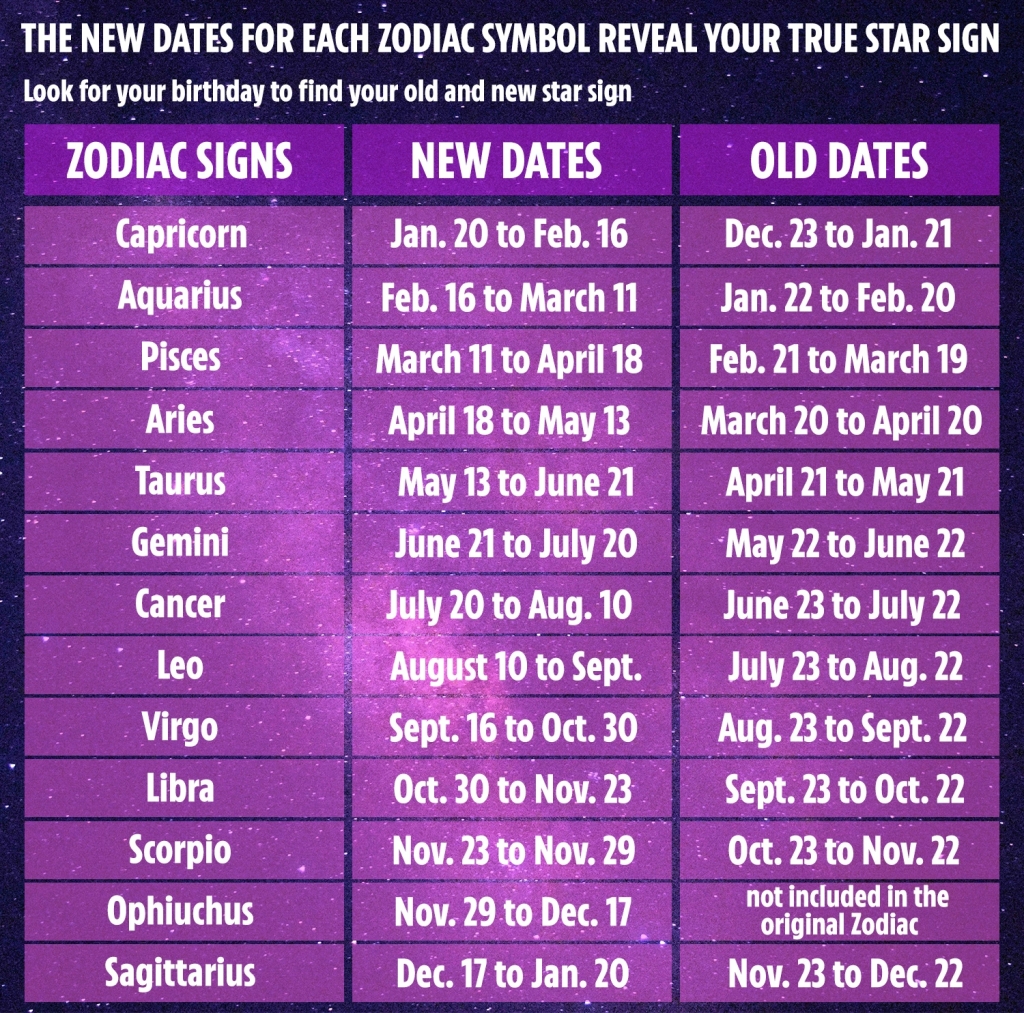
The Cosmic Calendar is a visualization of the timeline of the Universe that was popularized by astrophysicist Carl Sagan. In this timeline, the entire history of the Universe is scaled down to the length of one Earth year. As you can see from the picture above, January 1st is marked by the Big Bang and the rest of history flows out from there.
There are a few points of interest that I’d like to highlight on this calendar. After the occurrence of the Big Bang in January, our solar system didn’t form until August and life didn’t form until September. After this first appearance of single celled organisms, it took until December 17th for the first animals to appear(based on fossil records). Dinosaurs appeared around the 25th of December and ruled Earth until the 30th. The most striking thing to me however, is that all of human history occurs on the last day of the year. The whole of human evolutionary history happened over the span of a few hours on this cosmic calendar, and the recorded history of our kind occurs in about 20 seconds.
When you look at the universe this way it is extremely humbling to see how very small we are in every sense. Usually we just compare the Earth and the Moon and the solar system to the size of other objects and structures in the Universe, but when we compare our time to the rest of the Universe it’s almost more astounding. In some ways it can be depressing, honestly, to think of the nonexistent blip that your 80ish year life span will leave on this timeline. You would be unnoticeable next to literally anything else on there.
On the flip side of that though, I feel like this perspective can be reassuring in several ways. First, it is a reminder that whatever problems you’re dealing with, no matter how big they seem at the moment, are ultimately insignificant and will fade away and be lost to time. Second, it lets you see the world in a much more positive light, as any prejudices or Earthly conflicts lose meaning when you look down from so high. Lastly, I find it empowering to think that creatures that are insignificantly small in the universe can learn enough to understand how small they are. It’s a level of knowledge and self-awareness that is hard to accept, but we, as a species, have been brave enough to accept that knowledge and go out searching for more. In this way, I find the Cosmic Calendar to be much more uplifting than depressing and I think it is a very useful way to look at the Universe.

:no_upscale()/cdn.vox-cdn.com/uploads/chorus_asset/file/3615040/star-sizes.0.0.jpg)







